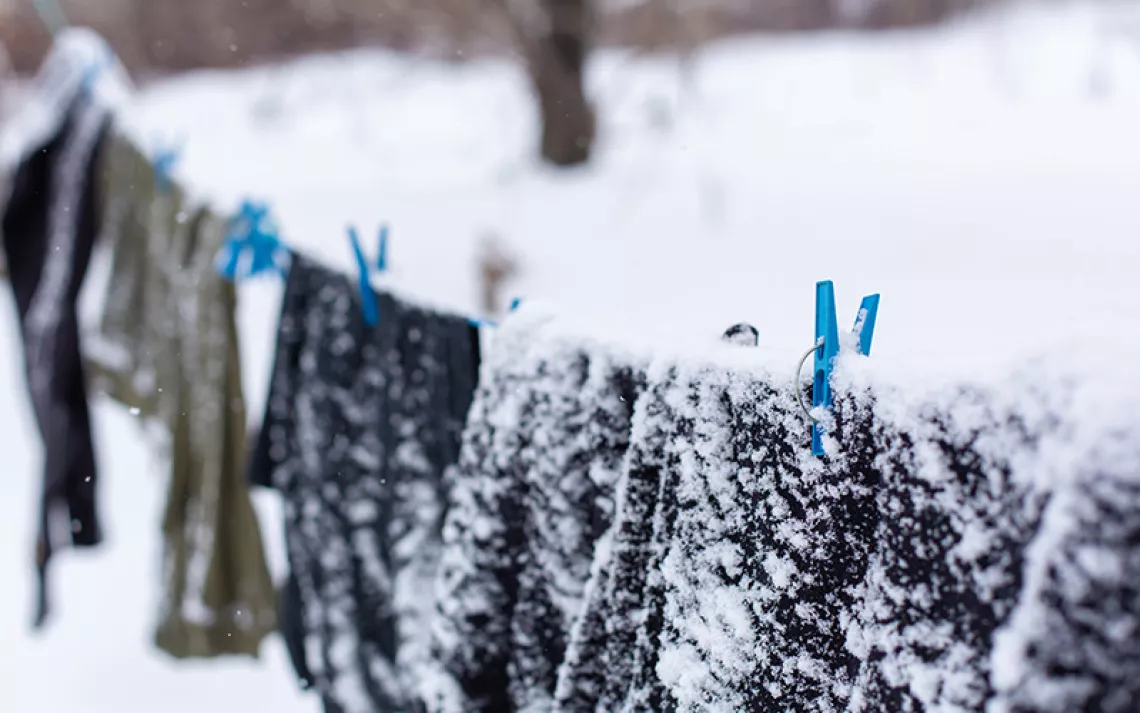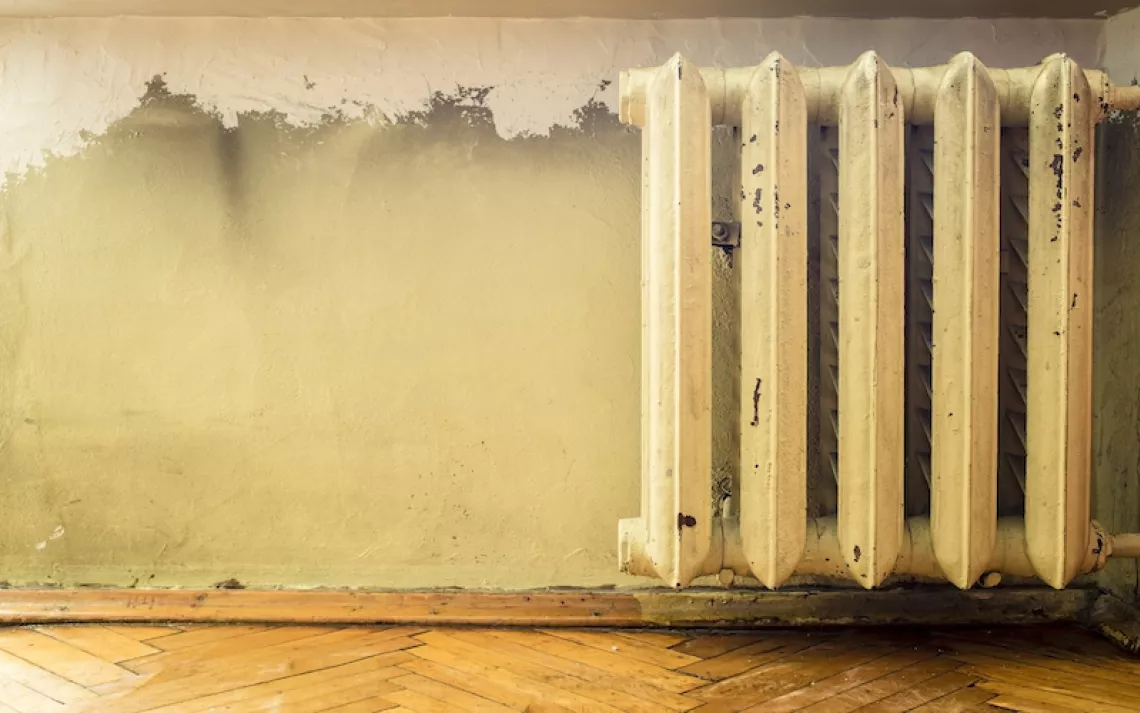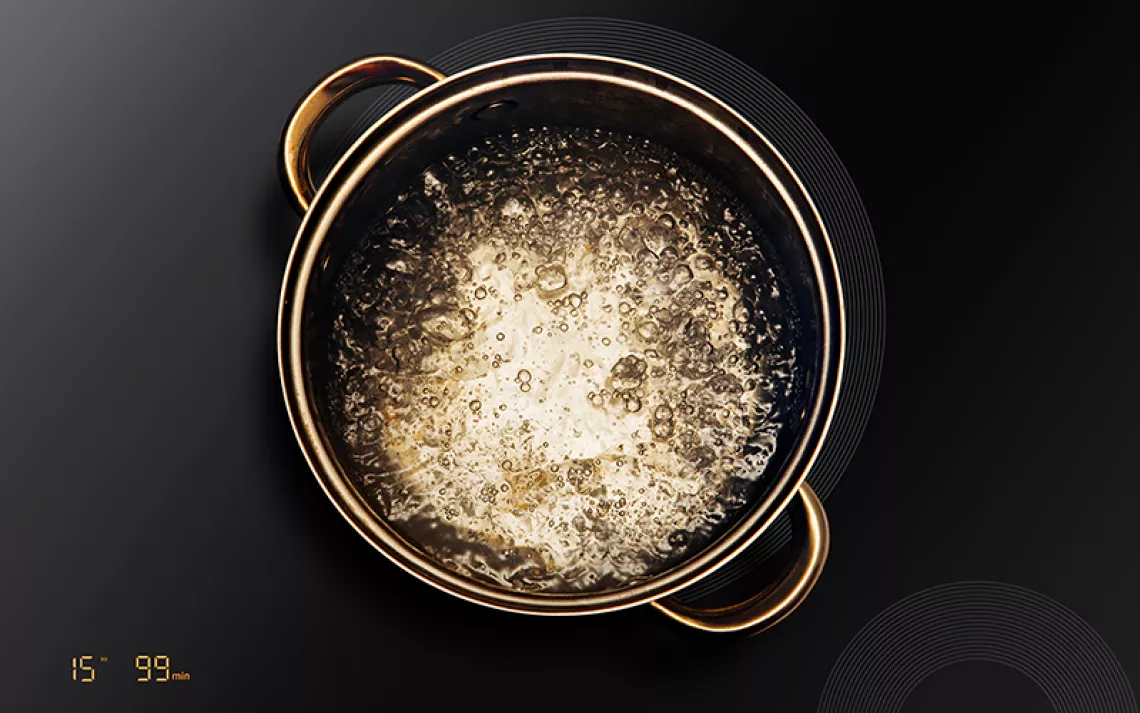What is the greener fireplace choice?

Hey Mr. Green,
What is the greener way to go with fireplaces, wood insert, or gas insert? How do they compare to wood fireplaces and wood stoves? The answer is not obvious due to fracking. —Karin, in Santa Rosa, California
Our brains may have evolved to enjoy the crackling sounds and primal light shows of wood fires, but our lungs and other parts have not kept up, which makes wood fires so, well, 500,000 B.C.E. Heating with an old-fashioned fireplace or stove creates a steady stream of emissions of toxic or cancer-causing substances such as benzene, formaldehyde, and benzo-a-pyrene, not to mention gazillions of dangerous microscopic soot particles. That’s why wood fires are banned in some places here, and why groups are working to liberate women from the perils of cooking with wood fire in underdeveloped nations.
Traditional fireplaces are at best only 10 percent efficient, since most of the heat goes up the chimney. A fireplace can emit up to 8 times as much global warming CO₂ per unit of heat as an efficient wood stove.
Heating with wood can be safe and feasible in locations where pollutants do not create health problems or violate air-quality standards, but only if you use sustainably harvested wood and an EPA-certified stove. Older stoves can pump out 15 times as much toxic smoke as EPA-approved models, and 4 times as much CO₂. Because burning wood releases about 75 percent more CO₂ than natural gas, efficient gas furnaces or fireplace inserts will emit only around half to two-thirds as much CO₂ per unit of heat as the best wood stoves, while natural gas emits far less toxic material than even the cleanest wood stoves.
But we’re still stuck with fracking, which emits some of the same pollutants as burning wood, plus uses stuff whose hazards we don’t even understand because some chemicals unleashed in the fracking process are, get this, “trade secrets.” Many reports, including an exhaustive investigation from Texas revealed that fracking releases large amounts of toxic materials and makes people near the fracking operations ill with respiratory and other problems.
How fracking stacks up against other means of procuring natural gas is not yet clear. Further complicating the problem is that regulation of fracking is left up to individual states. The Texas laws are extremely loose, whereas Colorado recently put some strong restrictions on air pollution from fracking that are supposed to force drillers to trap 95 percent of its pollutants. Many other places are now also considering tighter regulations or filing lawsuits to halt fracking until we know more about it.
Since you can’t pinpoint the source of your natural gas to know if it’s fracked, what’s a girl to do? Fracking now accounts for about a third of the natural gas produced in the United States, and is projected to reach half the total by 2040. Even if you get a nice moral buzz from boycotting the stuff, it won’t have any impact, because the price of natural gas has dropped drastically (the highest point was in 2008, at 8.58 dollars per cubic feet, and in 2013 it was 4.06 dollars per cubic feet) and exports have almost doubled since the fracking boom began 10 years ago. An energy-bingeing world will buy fracked gas no matter how gnarly the source. (Hence I forgive you if you’re wondering whether our current preaching at Russia is all about liberty and justice and the niceties of international law, or if the natural gas is also in play. Russia supplies half of Ukraine’s and a third of Europe’s natural gas.)
So your best reaction to fracking is to get involved in a campaign to stop it or at least to regulate it. In your state, California, there is a big push to halt fracking by groups such as Clean Water Action, while the Sierra Club is actively campaigning again to go beyond natural gas.
 The Magazine of The Sierra Club
The Magazine of The Sierra Club







